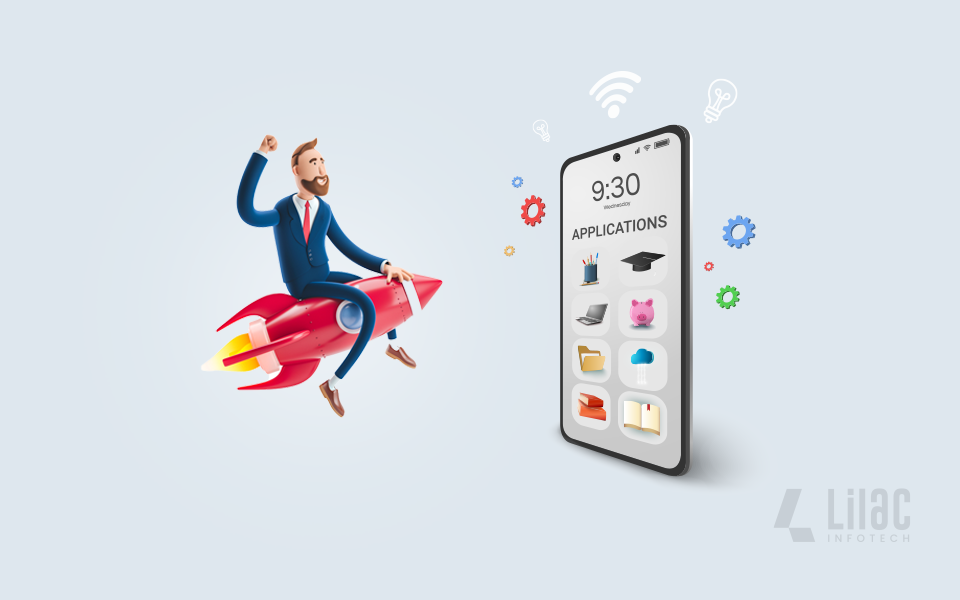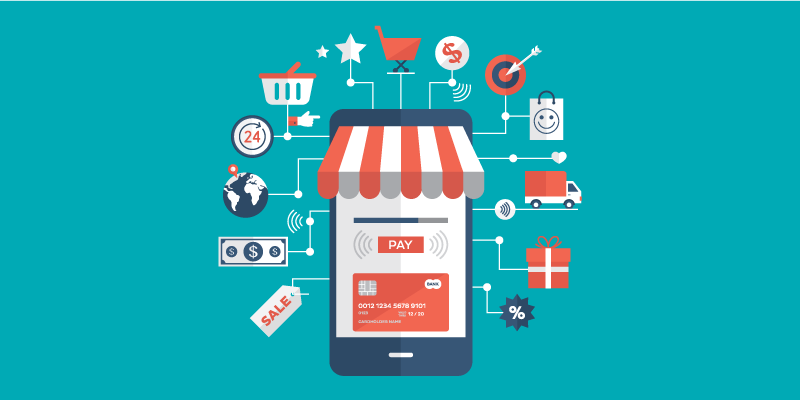Earning through mobile Apps
Yes right, earn through mobile apps. Let's do it, if you're building apps as for a business and not just for fun so there are a lot of ways to do earning through it.
Now building apps is a good business and you can earn money to keep going. But you can only earn by using some tactics e.g. monetization, there are number of tactics available, now it up to you that what tactic you adopt for your app? Now the question arise in model that what is the Monetization model?
Being clear about the monetization model from the day one will support you to prove that your customers are enthusiastic to pay to solve the problem you've identified this is the most crucial part of validating the app idea.

There are basically three pricing models that covers all the revenue. According to research report by, the paid apps revenues is at 24 percent, in-app revenues from paid apps is at 5 percent and in-app revenue from FREE apps conceded the most revenue at 71%.
So if you plan to launch your app using one of these monetization models described above, you have more chances of making a good revenue than by following some other model. Here's what you should know about each:

Freemium for apps and games.
This is the most revenue generating monetization option for apps and games, but not the most famous and popular. According to the Distimo's report this in-app purchase option is ranked 76% higher in Apple store in the US than others and over 90 percent in the Asian markets.
A freemium game or app is provided free of cost to the user but with some limitations. User can access a premium paid version for the additional features by paying through in-app purchase. This route can be used for subscribing for monthly subscriptions, on-going transactions. The major benefit of using this feature is to remove the blockage of downloading the paid apps. The free app urge the user to download the app and they can avail the limited features in free version, and for those who want to upgrade the app can pay using in-app purchase.
This is how you are increasing your download and customers, making them aware that what is your app and what services you are providing in your app. If customers are attracted by your app so the next step is to purchase by paying a fixed amount or the monthly subscriptions.
One-time paid apps.
In one-time paid apps option the user has to pay only once at the time of purchase and later the added on features and the upgrades are expected to be free. Users pay just once to download the app. Updates and feature additions are expected to be free.
The main con of this option is that how you are going to make your users aware about your app? They cannot sample it before purchasing it and also it is for the one time and no repeated revenue from the same existing customer. The revenue will be based on only the new customers.
The main con of this option is that how you are going to make your users aware about your app? They cannot sample it before purchasing it and also it is for the one time and no repeated revenue from the same existing customer. The revenue will be based on only the new customers.
So it all depends on the nature of the app and the services that you are providing, mostly If you want to launch a paid app, it should be compelling enough for users to pay to download even without first sampling it. Also, there is no repeat revenue from your existing customers. For a continuous revenue stream, you have to look for new customers each time.
So how do you determine whether your app should be a paid one? Most paid apps offer the core value in the first download, followed by minor additions or design and usability enhancements. Most Utility apps lie into this category. For example, build Your Self Esteem by celebrity hypnotherapist and best-selling author Glenn Harrold or the tasks reminder and to do list app.
Paid apps with added paid features.
This is a hybrid monetization model that has achieved attention just recently. It is good if someone download your purchased app and would like to avail more paid features so that they can upgrade it or purchase that paid feature or content. But the main con of these type of apps is the payment before downloading cause decrement of the numbers of downloads/users and it is very difficult to make the market aware about your app so that they pay first to get your app.
Free apps with advertising.
While other all the options defined above the user has to pay before the app or the user will pay to get more features in your app, but this options is providing the app totally free to the end user but with some advertisements.
Now a days many of the apps using this monetization model that they are providing the apps for free and earning are from the advertisements
End user doesn't have to pay at the time of download nor later for the other features, this how you can attract more customer to download your apps. Your earning will be directly proportional to the number of your apps downloads and the usage of your app. If you have a large number of downloads and those users are using your app on frequent basis so you can earn a handsome amount. In this monetization model you are generating revenue from both new and old customers that are using your app frequently. The lifetime value of your customer will determine whether the app is a hobby or a business.


